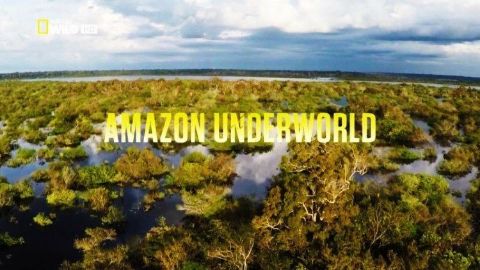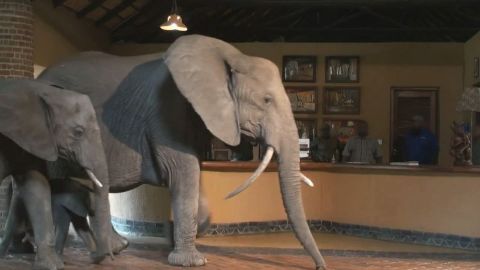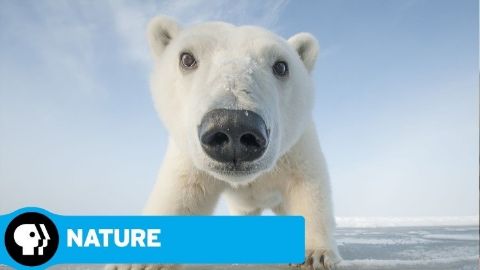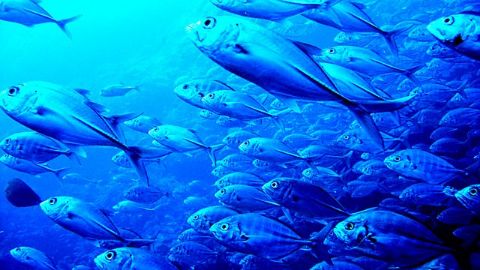Blue Whisper • 2013
Blue Whisper immerges into the ocean's fascinating underwater world and gets to the bottom of a widely unexplored field of underwater science: the communication among fish. The documentary accompanies a team of specialists to overwhelmingly beautiful coral reefs, ancient shipwrecks in the Mediterranean Sea and sunken submarines that are clouded in secrecy, to explore the versatile forms of underwater communication. What language do fish use? Do they make sounds? Do they have a body language? And what role do colours play? With the aid of complex underwater video and audio equipment those and further questions are answered during a suspenseful journey around the world.
Make a donation
Buy a brother a hot coffee? Or a cold beer?
Hope you're finding these documentaries fascinating and eye-opening. It's just me, working hard behind the scenes to bring you this enriching content.
Running and maintaining a website like this takes time and resources. That's why I'm reaching out to you. If you appreciate what I do and would like to support my efforts, would you consider "buying me a coffee"?
Donation addresses
BTC: bc1q8ldskxh4x9qnddhcrgcun8rtvddeldm2a07r2v
ETH: 0x5CCAAA1afc5c5D814129d99277dDb5A979672116
With your donation through , you can show your appreciation and help me keep this project going. Every contribution, no matter how small, makes a significant impact. It goes directly towards covering server costs.





